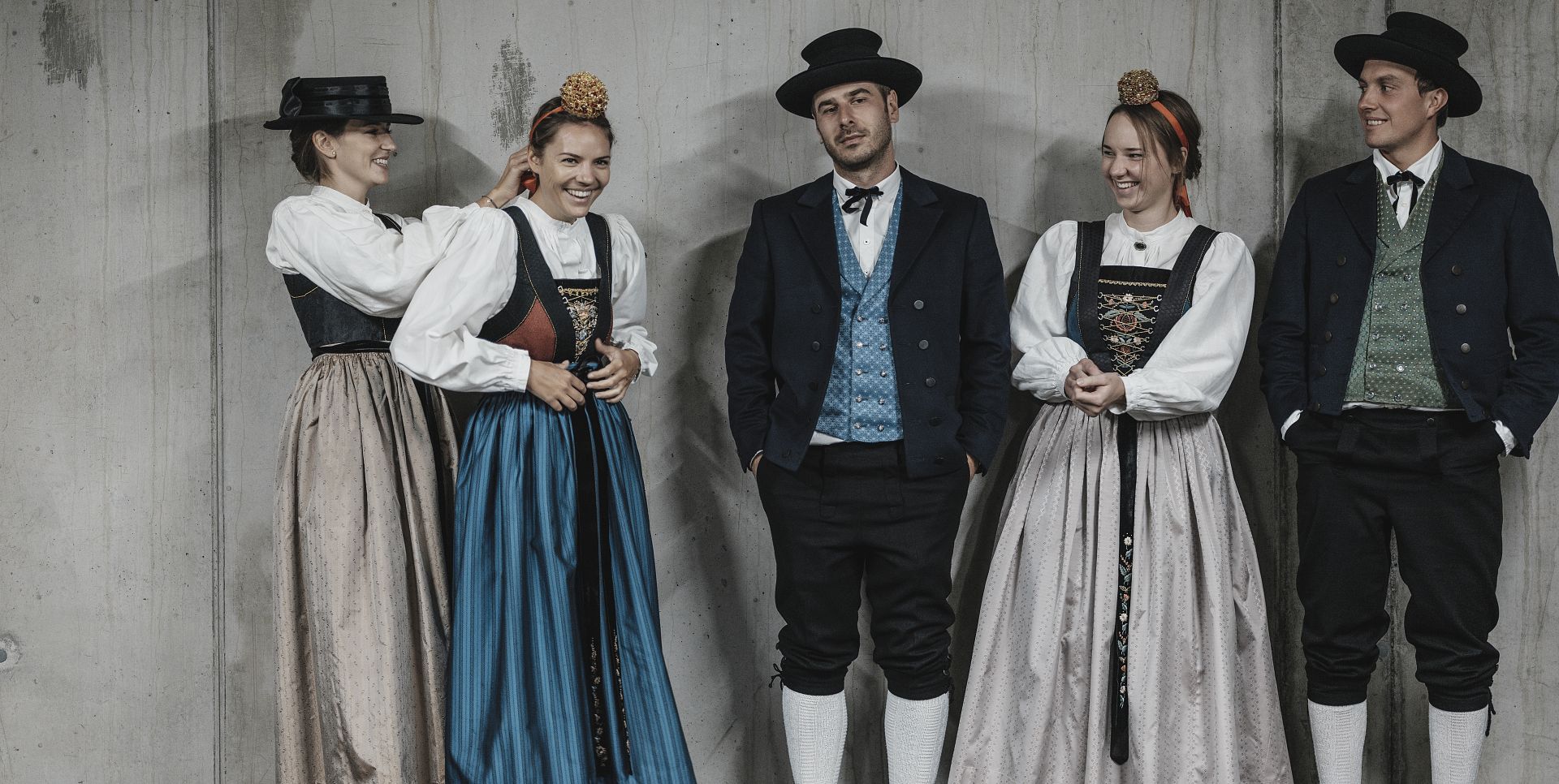
Fotocredit: Lech Zürs Tourismus by Ian Ehm | friendship.is
A statement of tradition and pride: the traditional Walser costume.
"The traditional costume of the Walser people is more than just clothing: it is a living culture, a symbol of pride and attachement to the homeland that keeps the traditions and values of the region alive to this day."
Wiibar.
The women's costume.
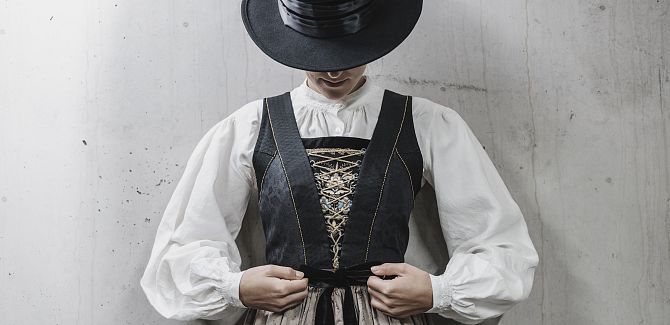
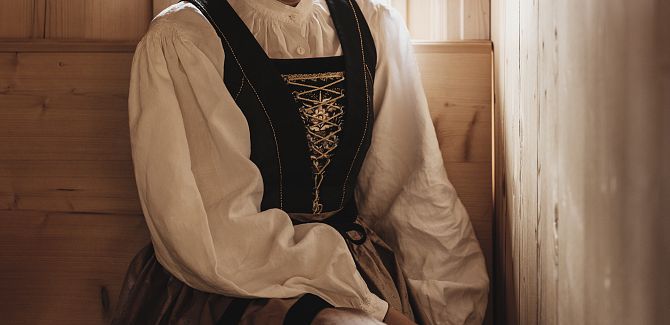
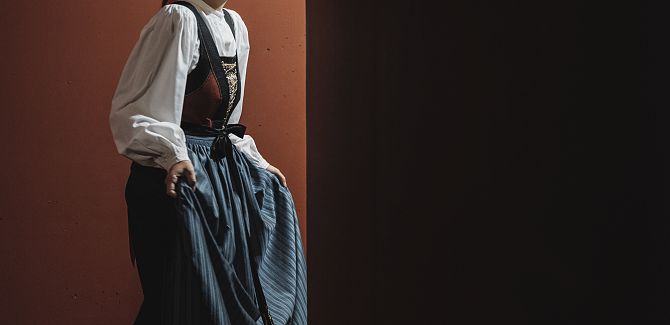
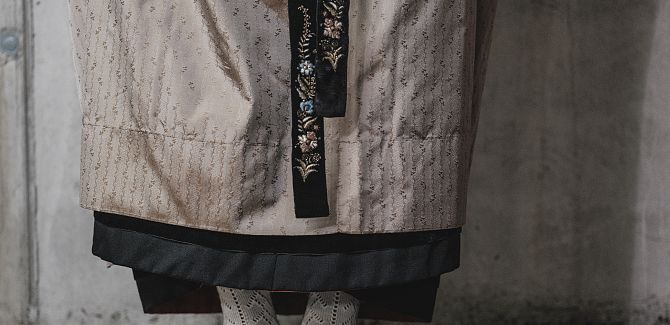
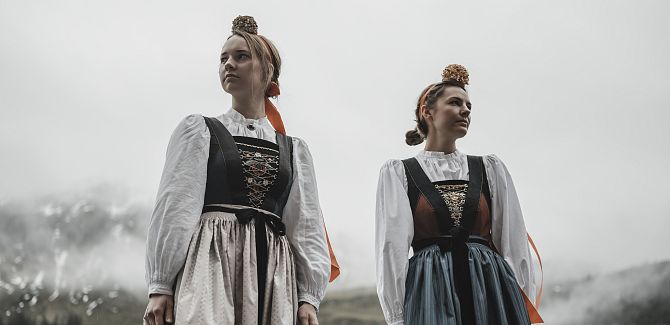
Round coral beads or a delicate silver brooch round off the traditional look.
Mää.
The men's costume.
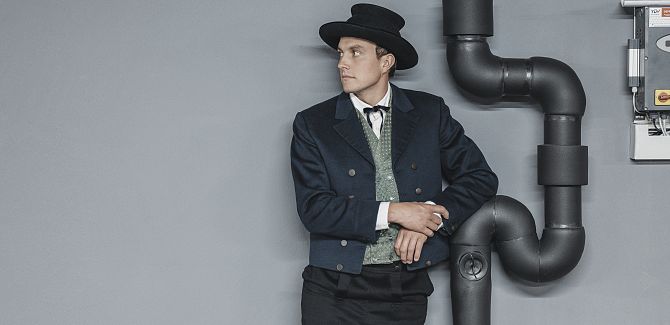
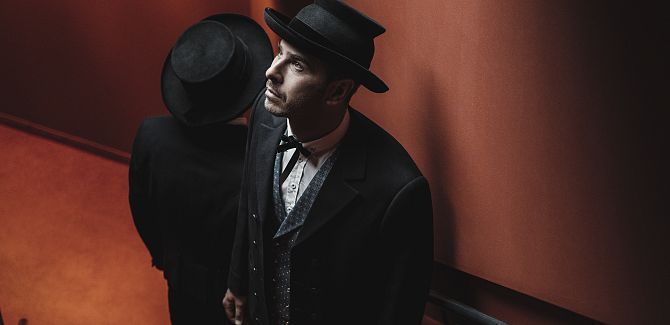
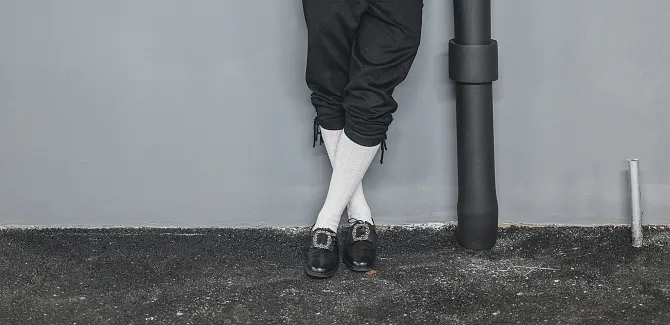
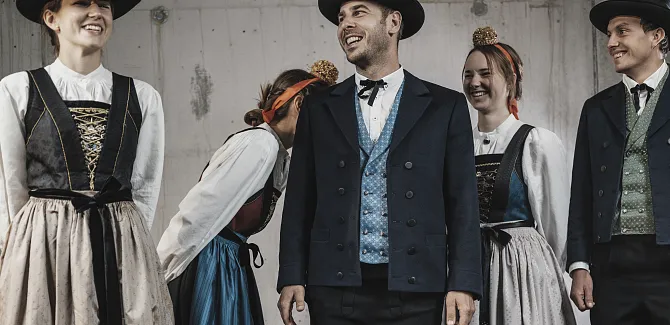
"The Tannberg costume: a statement that proudly tells of the history and craftsmanship of the Walser people."
A matter close to the region's heart.

Trachtengruppe Warth.
The purpose of the association was clear: not only to preserve the Tannberg costume, but also to maintain and communicate it as a living cultural asset. After all, this traditional costume is far more than just a piece of clothing - it stands for home, for a sense of belonging and for a deep connection with the region.
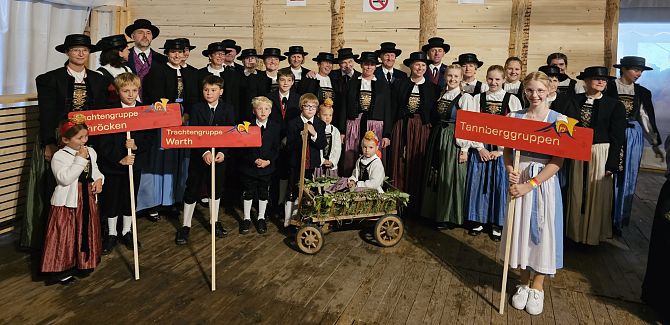
Trachtenverein Schröcken.
A sewing course led by Alwine Kohler enabled the women to make their own traditional costumes. Two women from Schwarzenberg took over the embroidery and added the finishing touches to the costumes. Today, Annette Stangl continues to run the association with dedication.
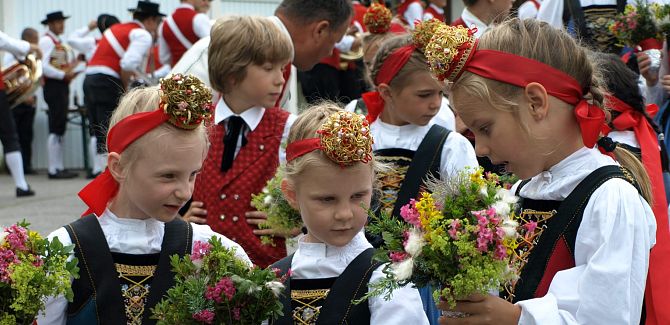
Kindertrachtengruppe Schröcken.
"In Warth & Schröcken, culture, the village community and club life have a special significance. Traditions are not only cultivated here, but also actively passed on. Through their commitment, the members of the traditional costume group do valuable work and offer many locals an opportunity to get actively involved in the community and bring the region to life."